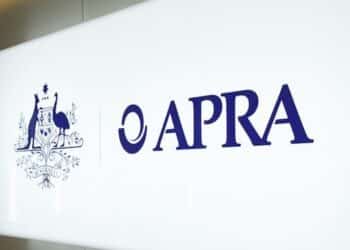Australian financial advice recruitment company Recruit 2 Advice (R2A) has revealed a significant gap in the average adviser’s salary in real terms.
According to R2A, the average salary for a financial adviser in the year 2000 was approximately $110,000, and the average salary for 2024 is $165,000.
Since 2000, advice salaries have increased an average of 1.9 per cent annually, whereas the average inflation rate over the same period was 2.8 per cent.
Using the RBA inflation calculator, R2A found that the basket of goods and services equivalent of $110,000 in 2000 with an average inflation rate of 2.8 per cent would be worth just shy of $207,000 in 2023.
Using this method, R2A revealed a $42,000 or 20 per cent gap between adviser salaries in 2024 compared with 2000.
According to data from Adviser Ratings’ Advice Landscape 2024 report released last month, the average adviser’s salary was $140,000, to which the research firm’s managing director, Angus Woods, said, “they are making more money than they ever have been”. However, when adjusted for inflation, this does not appear to be the case.
While the advice profession continues to struggle with the low number of advisers and too few new entrants, R2A principal Dugald Braithwaite suggested that subpar salaries could exacerbate the issue and stop those who may otherwise want to join the profession.
“This raises a few questions relative to salaries and the recruitment supply side,” Braithwaite said.
“Will this have a negative impact attracting university students and new entrants to the industry? Recent reports indicate only 370 new AR entrants in 2023, which is nowhere near enough.”
He added that while the government is attempting to lower the cost of service and help bridge the advice gap for Australians in need of affordable advice with the Delivering Better Financial Outcomes reforms, trying to close the adviser salary gap could cancel out some of the legislation’s benefits.
“Closing the gap may have negative consequences towards the intent of the QAR, further pushing up the cost of advice and making it less accessible,” he said.
“Cost of ongoing advice [to] clients is already getting close to $4,000 per annum, any further increase may not be acceptable to the client market.”




If you look through all the BS, what this is saying is that the gravy train for flogging FUM based on false and misleading sales talk ended long ago and you can’t now earn over $200k a year just because youre a great salesperson. Now you actually need to work for your money, and there isnt enough hours in the day to have enough clienst tomake the same $$ as back then when compliance took one fitfth of the time it does now.